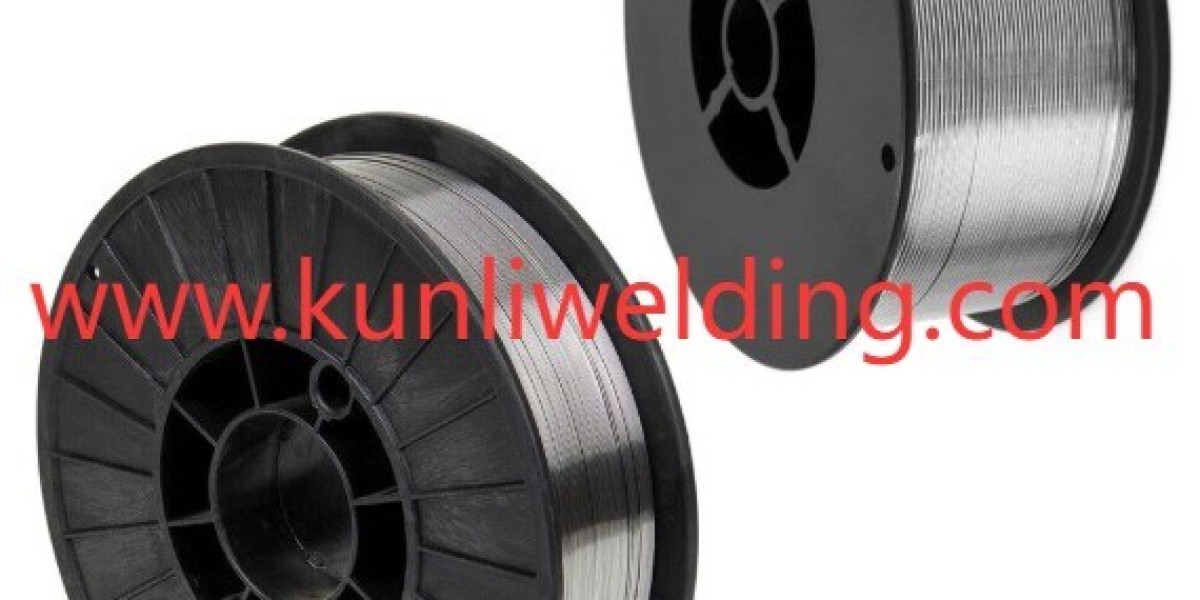Aluminum Tig Wire Suppliers are increasingly scrutinized as fabricators and procurement teams demand clearer evidence that welding consumables will support stable production and predictable joint performance. As markets respond to changing supply patterns and specification expectations, the relationship between buyer and supplier becomes more than transactional. It becomes a working partnership focused on preventing rework and protecting schedules.
Start from material arrival. A short acceptance routine for every coil reduces the risk of surprises later in the line. Confirm that paperwork includes a lot marker that matches the physical spool and inspect the coil surface for contamination or damage from transit. A quick bench trial in the intended production setup is a low cost way to validate material behavior and feeding reliability. Clear documentation from a supplier helps technicians set initial parameters more quickly and cuts setup time.
Surface condition and cleanliness remain central to TIG welding success. Aluminum develops an oxide skin that inhibits fusion if it is not addressed. Mechanical brushing and a light solvent wipe where appropriate improve joint wetting and reduce the chance of trapped gas. Shielding gas stability and correct flow at the torch also influence pore formation, so shop routines that check gas purity and regulator settings at the start of each shift are practical defenses against hidden defects.
Feedability and spool handling are often overlooked but matter for consistent output. Aluminum wire can require different feed paths and spool supports than steel wire. If the feeder geometry and tensioning are not matched to the spool the line can experience feed issues that ripple into pauses and repairs. Standardize feed paths, validate feeder settings during trials, and keep spare spool adapters on hand to avoid mid run interruptions.
Specification clarity protects both sides. Buyers who provide explicit chemical composition ranges acceptable mechanical behavior and a brief acceptance test reduce interpretation gaps. When acceptance criteria are built into purchase terms it becomes easier to manage nonconformance and to agree on corrective steps. Suppliers that include practical product notes and handling recommendations make it faster for engineering teams to draft those acceptance tests and shorten qualification cycles.
Training and short audits are the human glue that holds the process together. Operator technique affects joint appearance and performance even in semi automated setups. Regular refresh sessions on cleaning, joint fit up, gas checks, and power delivery keep small deviations from becoming repeated defects. Combine those sessions with periodic test welds so the entire team sees the same reference standard and can spot drift early.
Sustainability and traceability questions are increasingly at the fore. Fabricators competing for projects that must meet environmental or regulatory requirements look for suppliers who can document material origin and production controls. Clear lot linked certificates and visible handling protocols help buyers include those records in project documentation without additional administrative burden.
When suppliers and buyers treat qualification as a collaborative project the outcome is less negotiation and more production uptime. A staged approach often works well: start with a pilot lot under defined acceptance checks, inspect samples, and only release larger volumes when results match expectations. This staged release reduces financial exposure and helps both sides agree on what acceptable performance looks like before full production begins.
Brand level support can shorten onboarding time. Suppliers that provide application notes tailored to common joint types and share recommended settings for power sources and torch geometry make the pilot phase more productive. That practical guidance, combined with clear packaging rules and spool handling instructions, moves a qualification from guesswork to a repeatable workflow.
If your team wants to translate supplier documentation into a short acceptance checklist and a practical pilot test Kunliwelding offers product details and application guidance that can be used to build those materials. Use the supplier information as the starting point for a bench trial and then confirm performance under your production conditions to set release rules.
Final decisions about which supplier to use will rest on documented performance, reactive communication, and a willingness to collaborate during qualification. By aligning procurement, engineering, and the shop around clear tests and simple handling rules teams can reduce defect rates and keep assembly schedules stable. For direct product information and handling guidance visit https://www.Kunliwelding.com/ and review the technical notes to assemble a tailored acceptance checklist before your next trial. That approach pairs supplier clarity with shop level verification so projects move forward with fewer interruptions.



